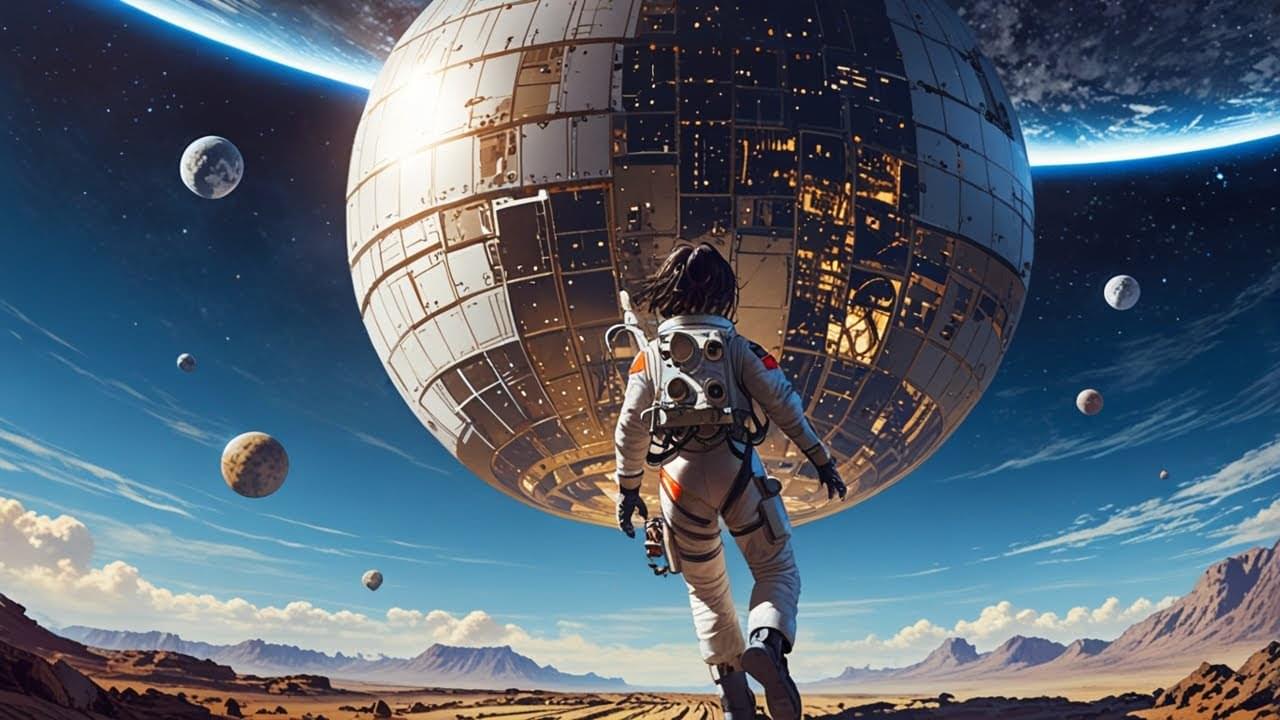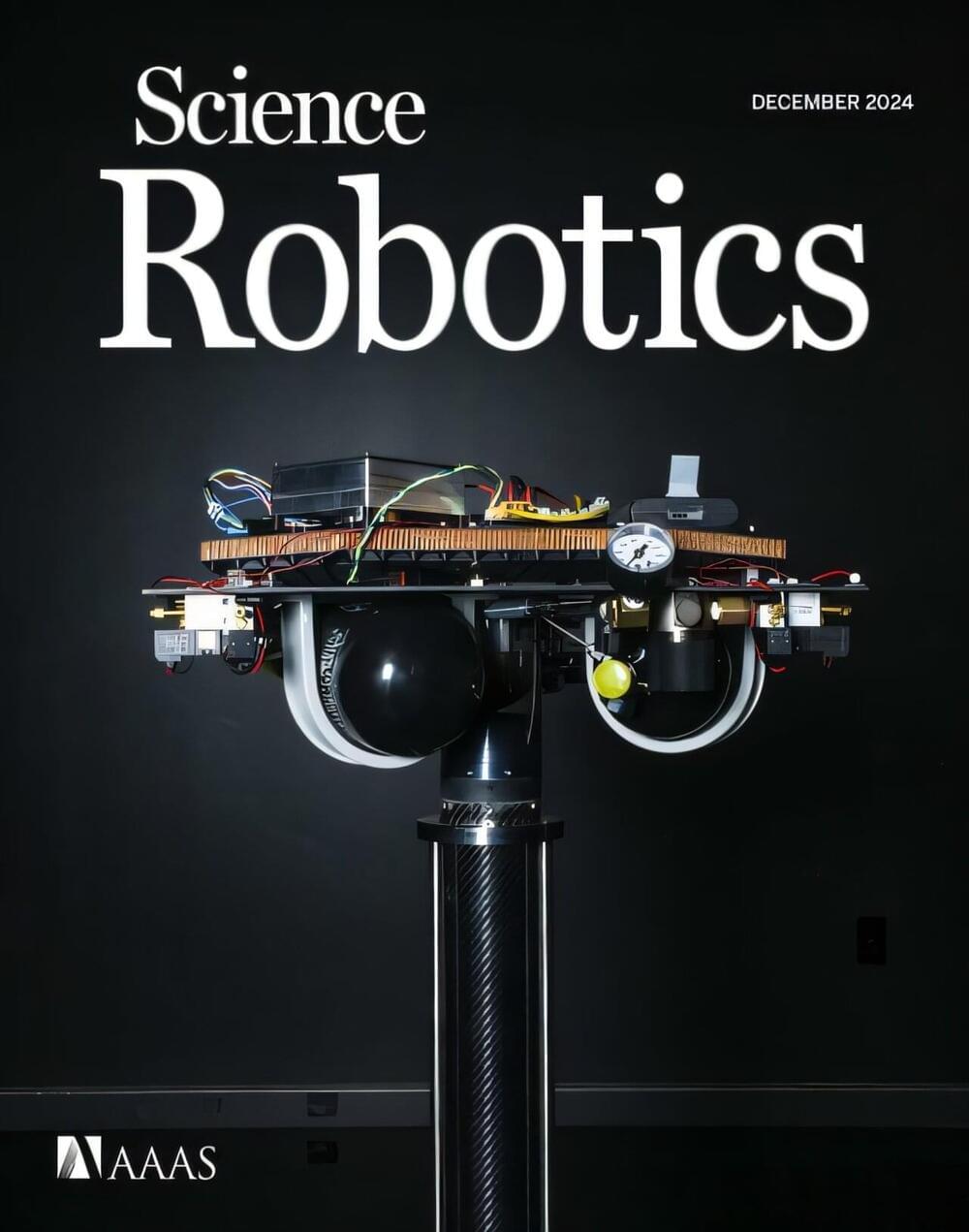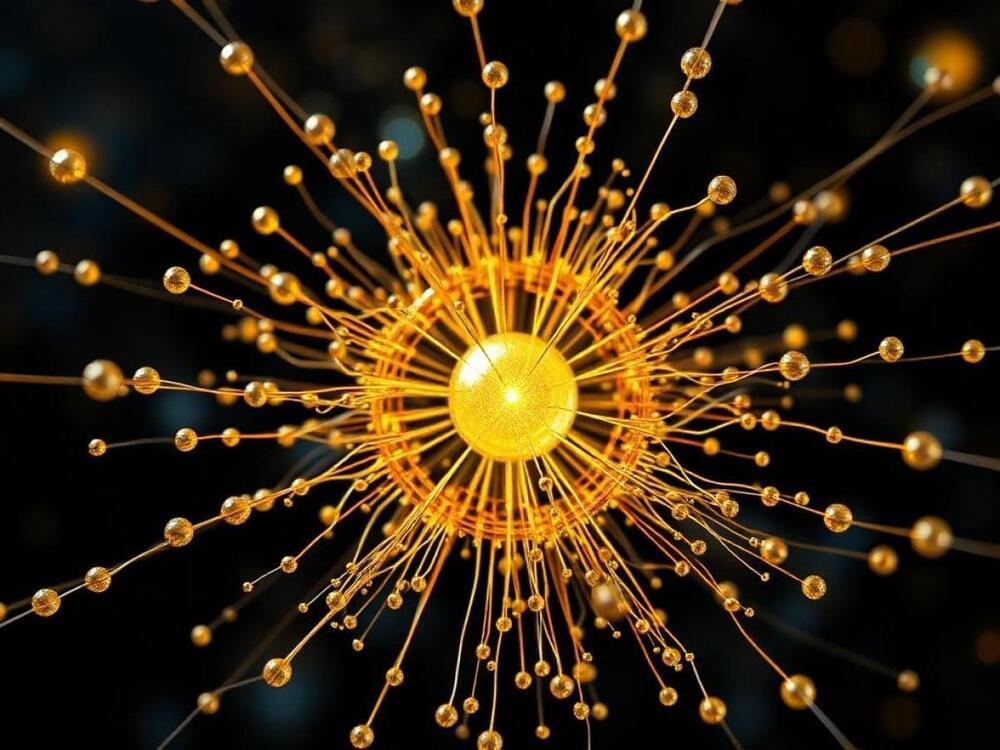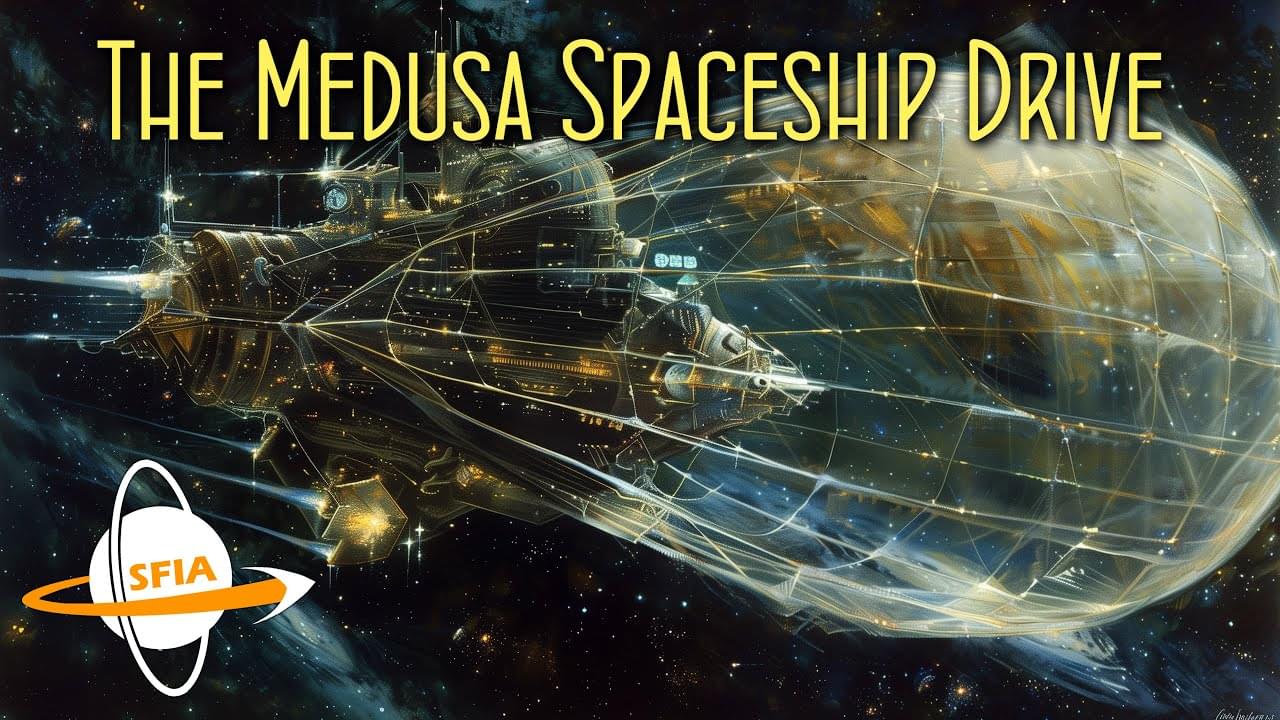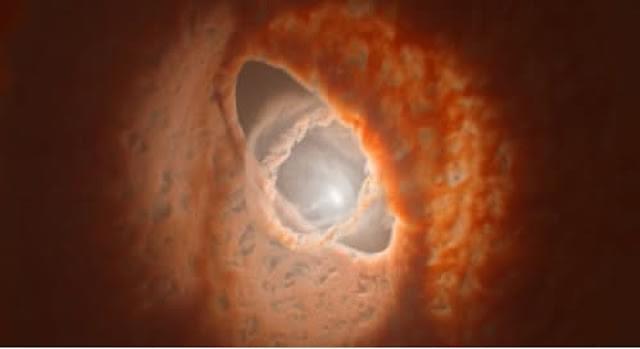Content warning: this story includes graphic descriptions of dangerous self-harm behaviors.
The Google-funded AI company Character. AI is hosting chatbots designed to engage the site’s largely underage user base in roleplay about self-harm, depicting graphic scenarios and sharing tips to hide signs of self-injury from adults.
The bots often seem crafted to appeal to teens in crisis, like one we found with a profile explaining that it “struggles with self-harm” and “can offer support to those who are going through similar experiences.”


